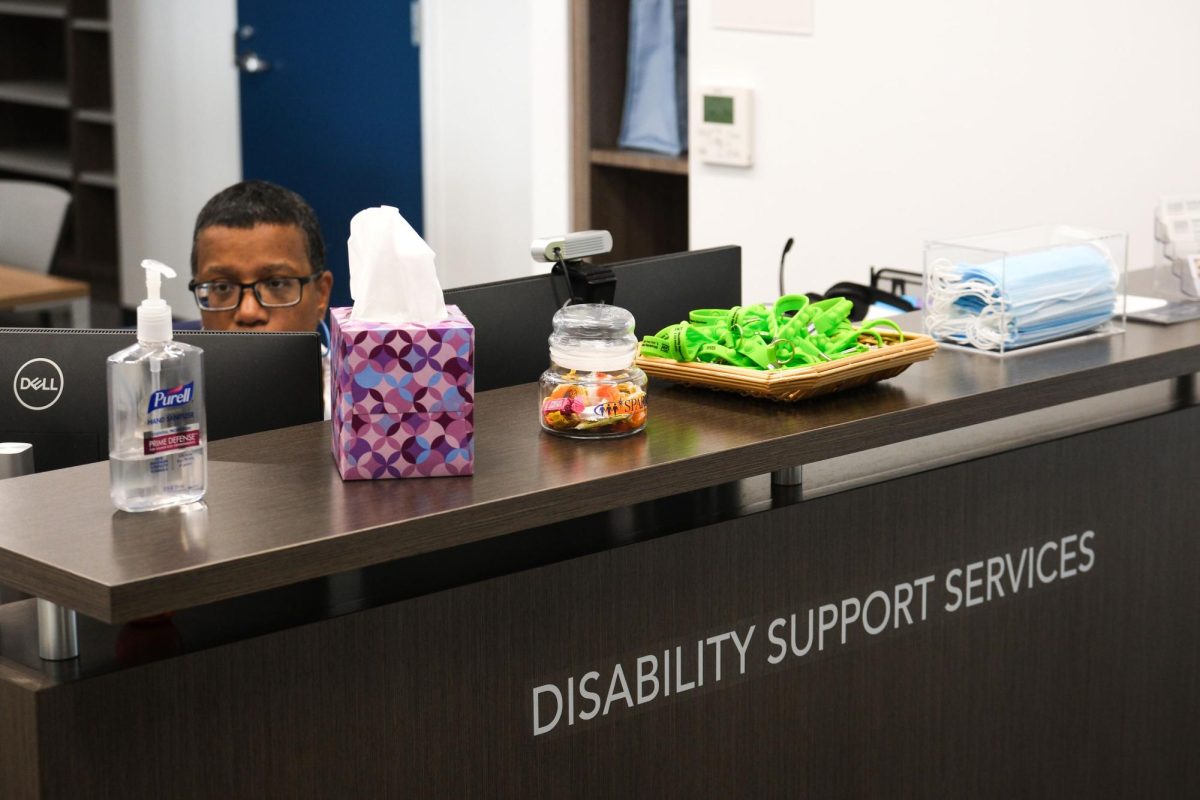GW and universities nationwide are examining athletic transportation after a traffic accident killed four members of the Prairie View A&M track team Feb. 12.
The team’s van overturned on the way to an indoor track meet. The coach and five other athletes from the Texas school were seriously injured.
Vans like the one involved in the Prairie View accident are commonplace at most universities, including GW, Athletic Director Jack Kvancz said. GW leases a fleet of similar vans, he said.
It’s not a perfect world, but I think we’ve been extremely fortunate not to have anything close to what happened to Prairie View happen to us, he said.
Some schools, such as the University of Maryland and Catholic University, plan to eliminate the use of vans entirely, substituting fleets of vans with buses, said Rob Mullins, assistant athletic director at Maryland.
GW, which depends on vans for team transportation more than most universities, does not have plans to change its current system, Kvancz said.
GW uses vans more than most other universities because players must use them to attend competitions and practices.
You see for us, we don’t just take vans to games, Kvancz said. We have to take them to practices also because, unlike most other colleges, we don’t have athletic facilities on campus.
Changing to a system with only chartered buses will cost athletic departments anywhere from $25,000 to $50,000 annually, Mullins said.
At some point there’s just not enough money in the budget to send everyone everywhere on chartered buses and planes, Kvancz said. And, because of that, we increase the amount of safety precautions on our vans, such as rotating them on a nine-month basis and making sure the mileage is sufficiently low.
The athletic department uses vans for trips of less than two hours, chartered buses for regional trips and airplanes for the longest trips. These guidelines change depending on the specific team and number of people being transported, Kvancz said.
However, if we are sending all six members of the golf team to Virginia Tech, well, we’re not going to get a whole bus just for that, Kvancz said.
GW’s basketball teams are the only teams that regularly use airplanes. Other sports teams often must raise money to pay for the cost of flying. The baseball team raised its own funds for its most recent trip to Florida for a series of games, Kvancz said.
Kvancz said GW vans are safe, and most athletes do not seem to have a problem traveling in them.
I always feel safe on the van, freshman tennis player Drew Zamansky said. I mean, the coach always drives, and if our match ends really late, then we will just stay over wherever we’re at. Most of the guys just sleep on the van or do homework. No one’s hanging out the windows or anything.
The GW Athletic Department has strict criteria for determining who can drive a van. Potential drivers must be 21 and must go through the five-hour GW driver training program that includes a risk management section.
While Kvancz said he is uncomfortable depending on vans, he said the University has the safest possible system.
Yeah, I’m not crazy about vans, Kvancz said. You have to drive through Washington and on the Beltway, which are the safest places in the world. But I really think we have done an excellent job in minimizing the risk to our student athletes.
According to a USA Today report last Monday, most schools’ transportation methods are determined by each particular school’s budget. The NCAA does not regulate how athletes should be transported and cannot micromanage the budgetary affairs of individual athletic departments.
I don’t think it’s possible to have the NCAA be involved that deep in every school’s transportation methods, Kvancz said.






